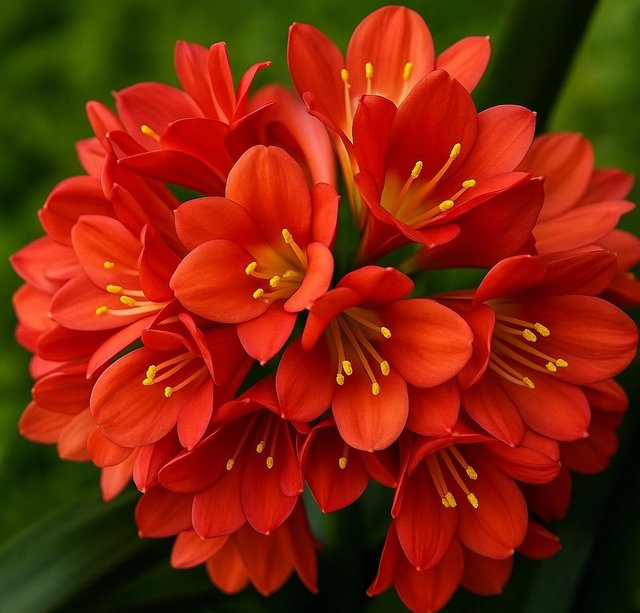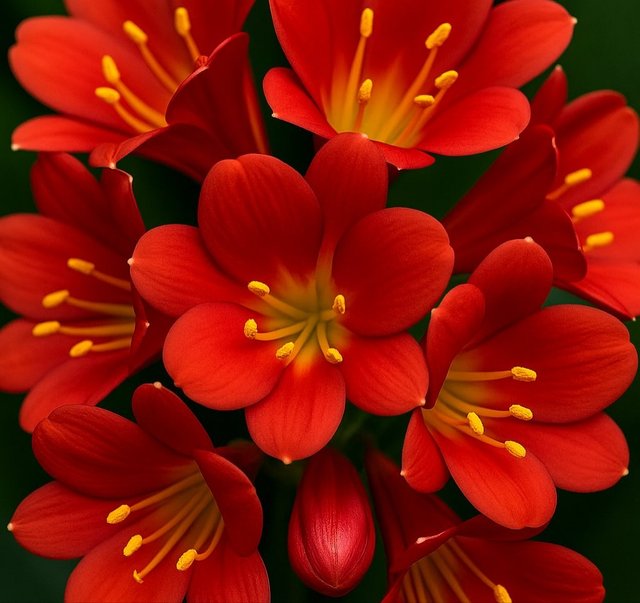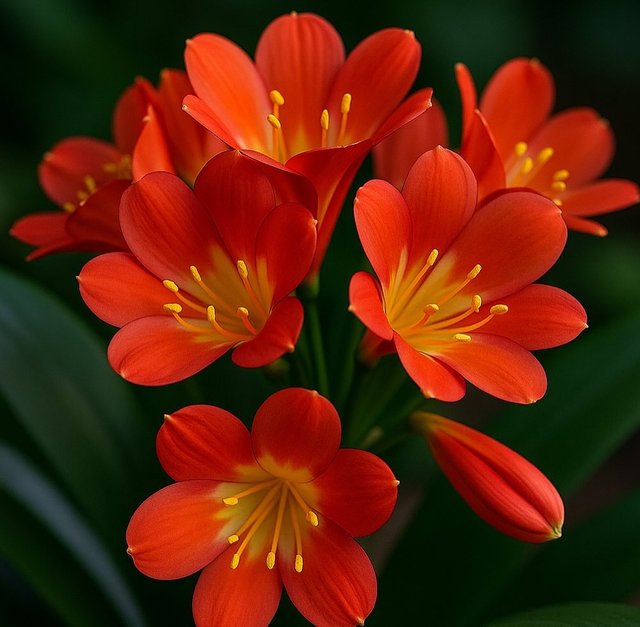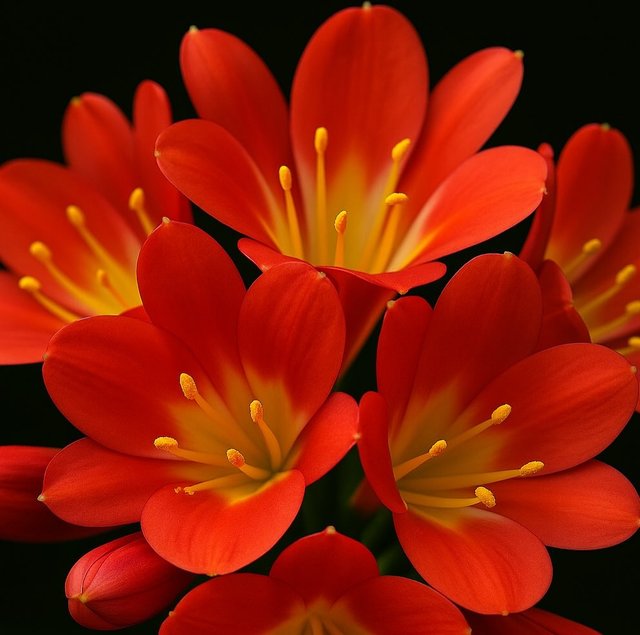So Beautiful Bush Lily Flower
The Bush Lily: A Jewel of the Shade Garden
The Bush Lily, known botanically as Clivia miniata, is a captivating evergreen perennial that has earned a cherished place in gardens and homes around the world. With its vivid orange, yellow, or red trumpet-shaped flowers and glossy, strap-like leaves, this plant offers year-round interest and bursts into spectacular bloom during late winter or early spring—often when little else is flowering.
Origins and Habitat
Native to the woodland areas of South Africa, particularly in the Eastern Cape province, the Bush Lily thrives in dappled shade under forest canopies. Its natural habitat—cool, humid, and shaded—has shaped its growing preferences, making it an ideal plant for indoor containers or shaded outdoor spaces.
The plant belongs to the Amaryllidaceae family, which also includes other ornamental favorites like amaryllis and daffodils. Clivia miniata was introduced to Europe in the mid-1800s, named in honor of Lady Charlotte Clive, Duchess of Northumberland, who was among the first to cultivate it in England.
Botanical Features
Bush Lilies are clump-forming plants that grow from thick rhizomes. The leaves are dark green, arching, and can reach up to 60 cm in length, forming an elegant fan shape. In late winter or early spring, the plant sends up tall stalks bearing clusters of 10 to 20 trumpet-shaped flowers. Each flower is roughly 5–7 cm in diameter and can last for several weeks.
The most common flower color is brilliant orange with a yellow throat, but breeders have also developed yellow, peach, cream, and even red cultivars, adding to their ornamental appeal.
Growing and Caring for Bush Lilies
Clivias are prized for their resilience and ease of care, particularly for gardeners who may not have full sun exposure.




%20(8).jpeg)